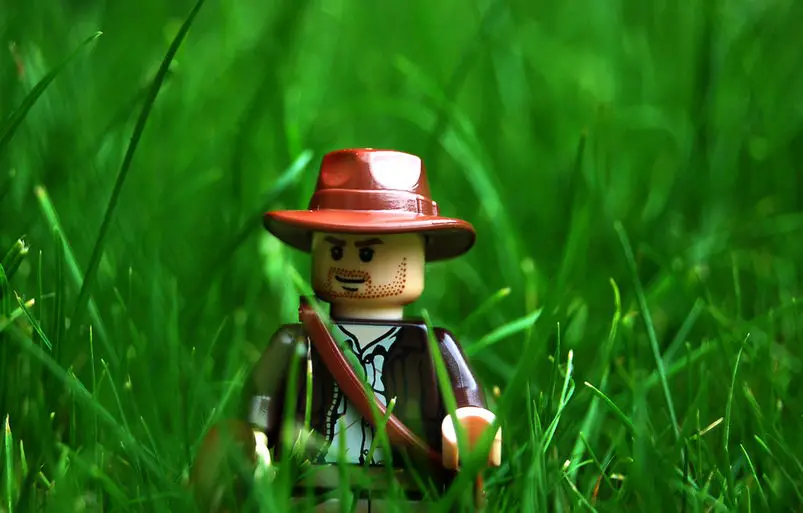This in from the council, in their own words. Ed
After a record number of visitors in April, the month also saw a large number of fossils brought into the museum by residents and tourists alike, keen to discover the identity of what they had found.
Amongst the items brought in was a fossilised elephant tooth, thought to date from one hundred thousand years ago, and an unusual ammonite.
The museum was also given a partial skeleton of an Iguanodon, which is one of the most complete ever found in the UK.
One of the world’s best destinations to find fossils
Peter Pusey is Dinosaur Isle Museum’s general manager and said:
“The ‘Dinosaur Island’ marketing campaign and the Hollywood film ‘Walking With Dinosaurs’ would no doubt have stirred the interest of children and adults alike to seek out their own fossils.
“The Isle of Wight is known as being one of the world’s best destinations to find fossils and we have also welcomed scientists from countries such as America and China to study our collections.
“We are delighted, not only does it enhance the Isle of Wight’s reputation, it also means our collection continues to grow as many of the fossils that are found are given to the museum for everyone to enjoy.”
Shirley Smart is the council’s Executive member for tourism and added:
“There’s no doubt the Isle of Wight’s reputation for being amongst the best in the world to find fossils has been enhanced and it is very pleasing the museum has seen such a large increase in visitor numbers in April.
“This helps not only the local economy in Sandown but also the wider Isle of Wight economy as a whole, because many people who visit also spend time in local shops, cafés and restaurants across the Island.”
Record number of visitors
Last week the museum announced it had welcomed a record number of visitors in an April with 10,000 passing through the doors.
This was 2,000 higher than the previous record. Visit Isle of Wight’s ‘Dinosaur Isle’ marketing campaign and the Hollywood film Walking With Dinosaurs is thought to have been a major factor behind the increase in visitors to the museum.





